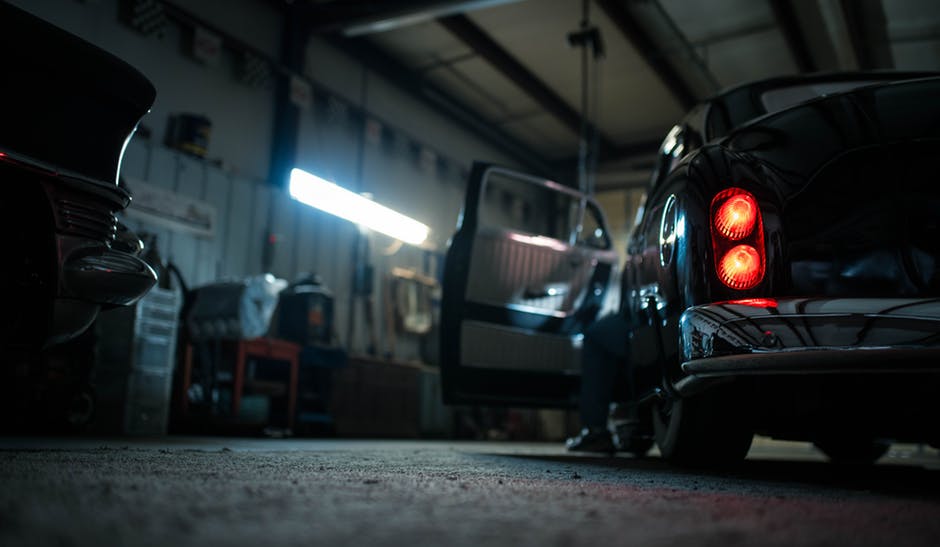Protecting your car from wear and tear requires consistent preventative maintenance. This keeps you happy as a car owner; improving your fuel efficiency and giving you a smooth ride. Regular care also keeps your car happy, reducing damage and the need for repairs. If you’re a new car owner, you may feel overwhelmed by all of the responsibilities you’ve just taken on. However, you can simplify your car care with a few steps.
One: Become Familiar With the Owner’s Manual
Which type of filter is best for your engine? When should you change the oil? There are many online and printed sources of information about car care with “experts” disagreeing on even basic maintenance. There’s one source you can rely on, however, and that is the owner’s manual. You’ll probably find a regular maintenance schedule and accurate maintenance information. Common myths, such as “change your oil every 3,000 miles,” are put to rest with a little bit of study.
Two: Insure Your Vehicle
Uninsured drivers are an expensive problem, and state authorities are putting a lot of effort into motivating car owners to provide adequate coverage. If you’re caught without the right Denver car insurance, you are likely to get an expensive ticket, some states charging fees of thousands of dollars. Your license will probably be suspended and your vehicle may be towed. Finally, you may be held financially responsible for the damage to the other driver’s car and medical bills. Getting insurance may not technically qualify as maintenance, but adequate coverage will certainly prevent a lot of trouble and expense.
Three: Schedule Maintenance That Saves You Money
When you’re shelling out money for oil changes and inspections, it may be hard to think of the long run, but that’s exactly what you need to do. Preventative maintenance can save you from very expensive repairs down the line. Based on the schedule in your owner’s manual, you should do the following:
- Schedule inspections, including lights, tire pressure, tire treads, and belts
- Rotate and balance tires and check the alignment
- Check fluids, including power steering, windshield wipers, antifreeze, and coolant
- Change oil regularly and replace filters as suggested by the manufacturer
- Replace engine and cabin air filters
- Perform a visual check on the battery and keep it clean
- Swap out windshield wipers as soon as they show signs of wear
- Change spark plugs according to the owner’s manual recommendations
Four: Don’t Fall Prey to Car Maintenance Myths
Although you must invest in the right car maintenance to save money, over-maintaining the vehicle does not save more money. Rather than wasting your hard-earned paycheck on unnecessary work, stick to the schedule in the owner’s manual. Too many car owners get air filters changed with every oil change or flush their automatic transmission system when it isn’t needed. Most of the time, the damage is just to your pocketbook, but sometimes, unnecessary work could cause real trouble. One example of this is getting the chassis lubed.
Give your car the long life you want it to have. With a bit of TLC, it can run smoothly, and you’ll be able to rely on your car. With an owner’s manual and the right Denver car insurance, you’ll be headed down the right road.







